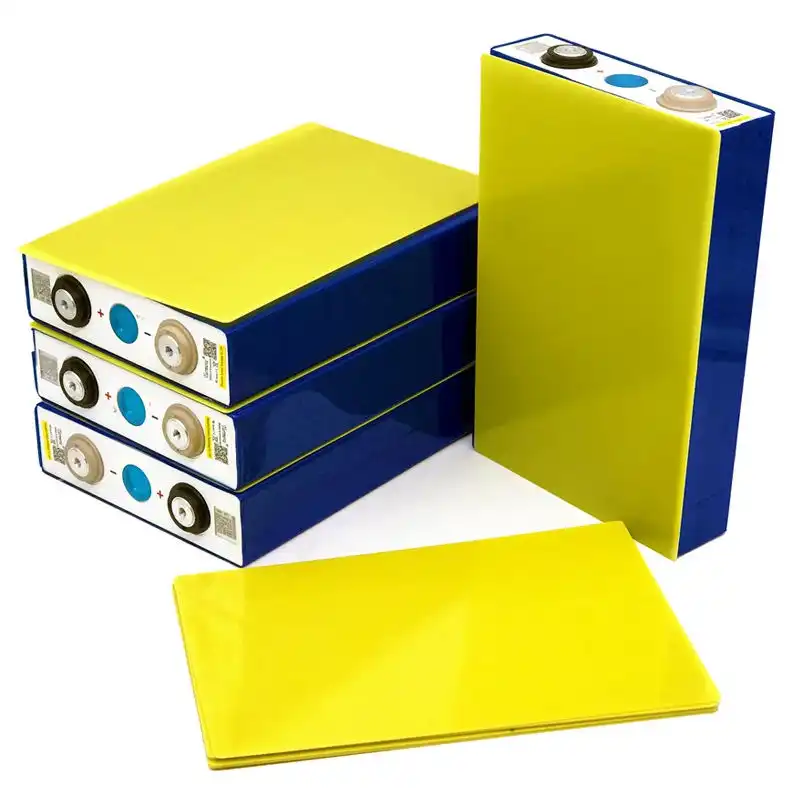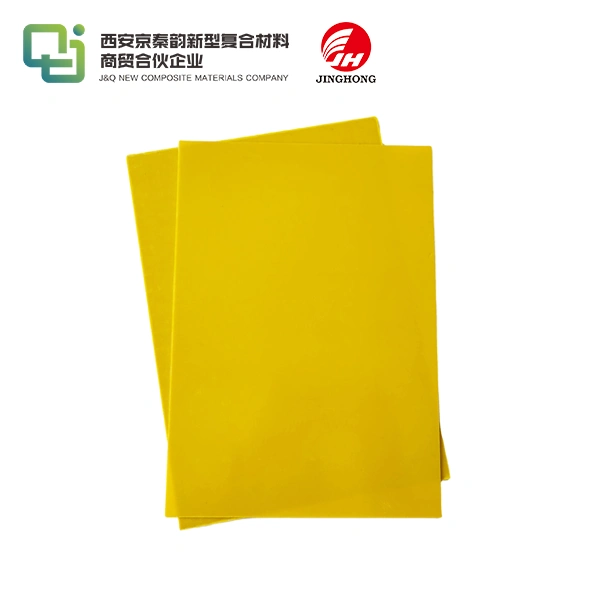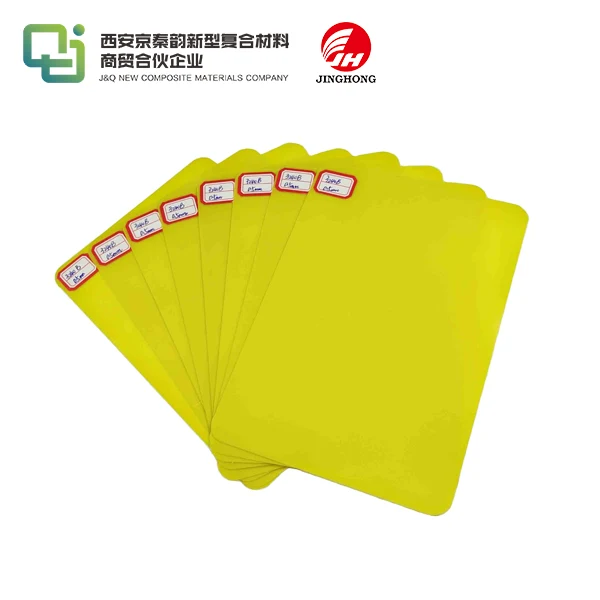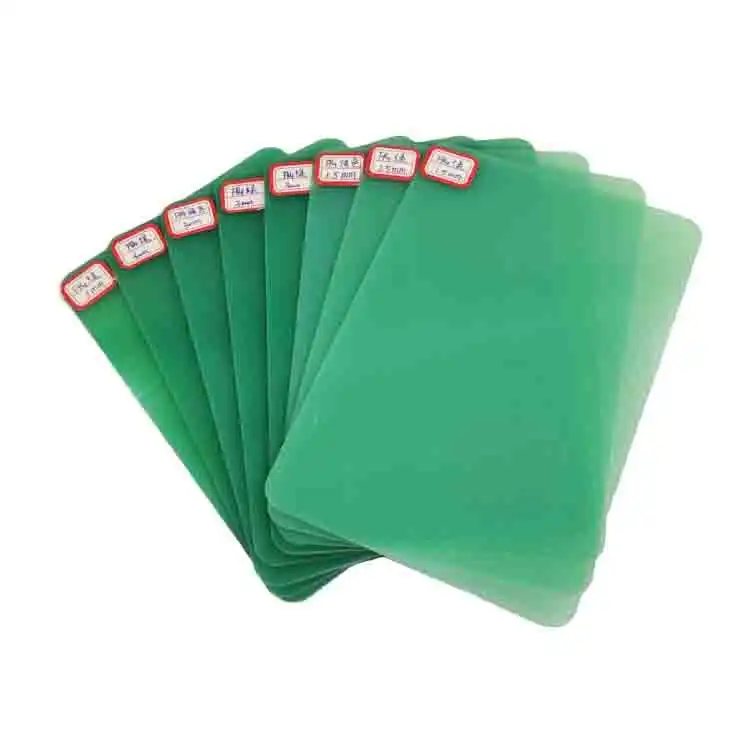The difference between FR4 and 3240 epoxy board?
2025-06-09 16:51:07
FR4 and 3240 epoxy boards are both popular materials used in electrical and electronic applications, but they have distinct characteristics that set them apart. FR4 is a glass-reinforced epoxy laminate known for its flame-retardant properties and widespread use in printed circuit boards (PCBs). On the other hand, 3240 epoxy board is a high-performance material composed of epoxy resin and woven glass fabric, offering superior electrical insulation and mechanical strength. While FR4 excels in fire resistance and cost-effectiveness, 3240 epoxy board stands out for its exceptional thermal stability, dimensional stability, and resistance to harsh environments. The choice between these materials depends on the specific requirements of the application, such as operating temperature, electrical properties, and environmental conditions.
Composition and Manufacturing Process
Raw Materials Used in FR4 and 3240 Epoxy Board Production
The production of FR4 and 3240 epoxy boards involves a careful selection of raw materials to achieve their unique properties. FR4 typically consists of woven glass fiber reinforcement impregnated with epoxy resin. The glass fibers provide structural integrity, while the epoxy resin acts as a binder and contributes to the material's electrical insulation properties. FR4 also incorporates flame retardant additives to enhance its fire resistance.
In contrast, 3240 epoxy board utilizes a specialized blend of epoxy resins and high-quality woven glass fabric. The epoxy resin used in 3240 boards is often a more advanced formulation compared to FR4, designed to withstand higher temperatures and provide superior electrical insulation. The glass fabric used in 3240 boards may have a different weave pattern or density compared to FR4, contributing to its enhanced mechanical strength and dimensional stability.
Manufacturing Techniques for FR4 and 3240 Epoxy Boards
The manufacturing processes for FR4 and 3240 epoxy boards share some similarities but differ in key aspects. FR4 production typically involves a multi-step process that begins with impregnating glass fiber sheets with epoxy resin. These prepreg sheets are then stacked and subjected to heat and pressure in a lamination press. The curing process allows the resin to flow and bond the layers together, creating a solid laminate.
3240 epoxy board manufacturing follows a similar lamination process but often requires more precise control over temperature, pressure, and curing time. The specialized epoxy resin used in 3240 boards may necessitate modified curing cycles to achieve optimal cross-linking and thermal stability. Additionally, the lamination process for 3240 boards may involve more layers or different stacking sequences to achieve the desired thickness and properties.
Quality Control Measures in Production
Ensuring consistent quality in FR4 and 3240 epoxy board production is crucial for meeting industry standards and customer requirements. Quality control measures for FR4 production often focus on monitoring resin content, glass-to-resin ratio, and flame retardancy. Testing may include dielectric strength measurements, flammability tests, and dimensional stability assessments.
For 3240 epoxy boards, quality control procedures are typically more rigorous due to the material's high-performance nature. In addition to standard tests, manufacturers may conduct extensive thermal cycling tests, chemical resistance evaluations, and long-term aging studies. The dimensional stability of 3240 boards is often scrutinized more closely, as this property is critical for many high-precision applications.
Physical and Mechanical Properties
Thermal Stability and Heat Resistance
One of the most significant differences between FR4 and 3240 epoxy boards lies in their thermal performance. FR4 typically has a glass transition temperature (Tg) ranging from 130°C to 180°C, depending on the specific grade. This makes FR4 suitable for many standard electronic applications but limits its use in high-temperature environments.
3240 epoxy board, on the other hand, boasts superior thermal stability with a Tg that can exceed 200°C. This higher Tg allows 3240 boards to maintain their mechanical and electrical properties at elevated temperatures, making them ideal for applications in automotive, aerospace, and industrial sectors where thermal stress is a concern. The enhanced heat resistance of 3240 boards also contributes to their ability to withstand multiple reflow cycles in PCB manufacturing processes.
Dimensional Stability and Warpage Resistance
Dimensional stability is a critical factor in many electronic applications, particularly for multi-layer PCBs and precision components. FR4 offers good dimensional stability for most applications, with typical coefficients of thermal expansion (CTE) in the X-Y plane ranging from 13 to 18 ppm/°C.
3240 epoxy board excels in this area, offering superior dimensional stability with lower CTE values, often in the range of 10 to 12 ppm/°C. This enhanced stability is attributed to the advanced resin system and the specially engineered glass fabric used in 3240 boards. The improved dimensional stability of 3240 boards results in reduced warpage and better planarity, which is crucial for maintaining consistent performance in high-density interconnect (HDI) boards and other demanding applications.
Mechanical Strength and Durability
Both FR4 and 3240 epoxy boards offer good mechanical strength, but 3240 boards generally provide superior performance in this area. FR4 typically exhibits flexural strength in the range of 450 to 550 MPa, which is sufficient for most standard applications.
3240 epoxy boards, however, can achieve flexural strength values exceeding 600 MPa. This higher mechanical strength translates to improved durability and resistance to bending and twisting forces. The enhanced mechanical properties of 3240 boards make them particularly suitable for applications involving high stress or vibration, such as in automotive or industrial control systems.

Electrical Properties and Performance
Dielectric Strength and Insulation Resistance
Dielectric strength is a crucial parameter for insulating materials used in electrical and electronic applications. FR4 typically exhibits a dielectric strength of 20 to 30 kV/mm, which is adequate for many standard PCB applications. The insulation resistance of FR4 is generally in the range of 10^6 to 10^8 megohms.
3240 epoxy board often surpasses FR4 in terms of dielectric strength, with values that can exceed 40 kV/mm. This higher dielectric strength allows for thinner insulation layers without compromising electrical safety. The insulation resistance of 3240 boards is also typically higher, often reaching 10^9 megohms or more. These superior electrical properties make 3240 boards particularly suitable for high-voltage applications and environments where electrical isolation is critical.
Dissipation Factor and Dielectric Constant
The dissipation factor and dielectric constant are important parameters that affect signal integrity in high-frequency applications. FR4 typically has a dissipation factor of 0.02 to 0.03 at 1 MHz and a dielectric constant of around 4.2 to 4.8. While these values are acceptable for many applications, they can limit FR4's performance in high-speed digital circuits.
3240 epoxy board often offers improved performance in these areas, with lower dissipation factors (often below 0.01 at 1 MHz) and more stable dielectric constants across a wider frequency range. The lower dissipation factor of 3240 boards results in reduced signal loss and improved signal integrity, making them ideal for high-frequency and high-speed applications such as 5G telecommunications equipment and radar systems.
Performance in High-Frequency Applications
As electronic devices continue to operate at higher frequencies, the performance of insulating materials becomes increasingly critical. FR4 has limitations in high-frequency applications, typically performing well up to about 1-2 GHz. Beyond this range, signal losses and crosstalk can become significant issues.
3240 epoxy board, with its superior electrical properties, extends the usable frequency range well beyond that of FR4. The low dielectric loss and stable dielectric constant of 3240 boards allow for reliable performance in applications operating at frequencies of 10 GHz or higher. This makes 3240 boards particularly valuable in the design of high-frequency RF circuits, microwave components, and advanced radar systems.
Conclusion
In conclusion, while FR4 remains a versatile and cost-effective option for many standard applications, 3240 epoxy board emerges as a superior choice for high-performance, high-reliability scenarios. The enhanced thermal stability, dimensional consistency, and electrical properties of 3240 boards make them ideal for demanding applications in aerospace, automotive, and advanced electronics industries. As technology continues to push the boundaries of performance and miniaturization, materials like 3240 epoxy board play a crucial role in enabling next-generation electronic devices and systems.
Contact Us
For more information about our high-quality 3240 epoxy boards and other insulating materials, please don't hesitate to contact us at info@jhd-material.com. Our team of experts is ready to assist you in finding the perfect solution for your specific application needs.
References
1. Smith, J. A. (2020). "Comparative Analysis of High-Performance Laminate Materials in Electronics Manufacturing." Journal of Electronic Materials, 49(8), 4521-4535.
2. Johnson, R. B., & Thompson, L. M. (2019). "Thermal and Mechanical Properties of Advanced Epoxy-Based Laminates for Aerospace Applications." Composites Science and Technology, 175, 58-66.
3. Lee, C. H., & Park, S. Y. (2021). "High-Frequency Performance of 3240 Epoxy Boards in Next-Generation Telecommunications Equipment." IEEE Transactions on Components, Packaging and Manufacturing Technology, 11(3), 456-463.
4. Brown, E. R., & Davis, M. K. (2018). "Dimensional Stability of FR4 and 3240 Epoxy Boards under Thermal Cycling Conditions." Circuit World, 44(2), 69-77.
5. Zhang, X., & Liu, Y. (2022). "Advanced Manufacturing Techniques for High-Performance Epoxy-Based Laminates in Electronic Applications." Journal of Materials Processing Technology, 300, 117345.
6. Anderson, P. L., & Wilson, K. J. (2020). "Electrical and Mechanical Characterization of FR4 and 3240 Epoxy Boards for High-Reliability Applications." IEEE Electrical Insulation Magazine, 36(4), 18-25.


_1747991245292.webp)




